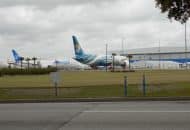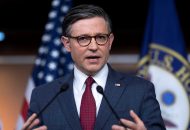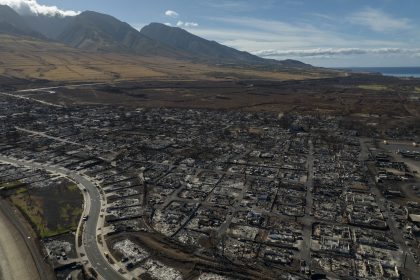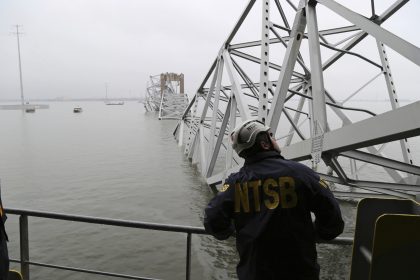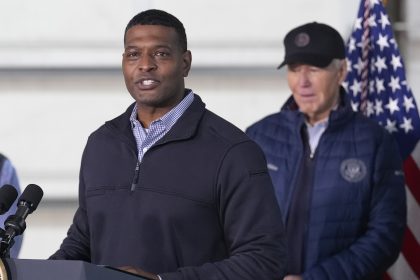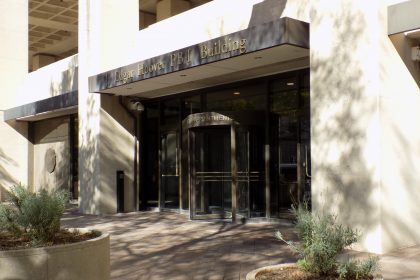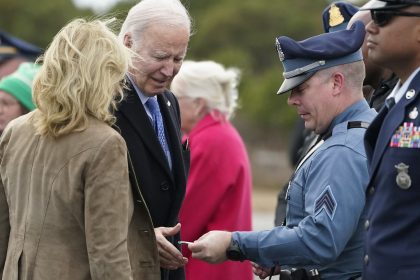Railroads Want in on Biden’s $2 Trillion Infrastructure Proposal
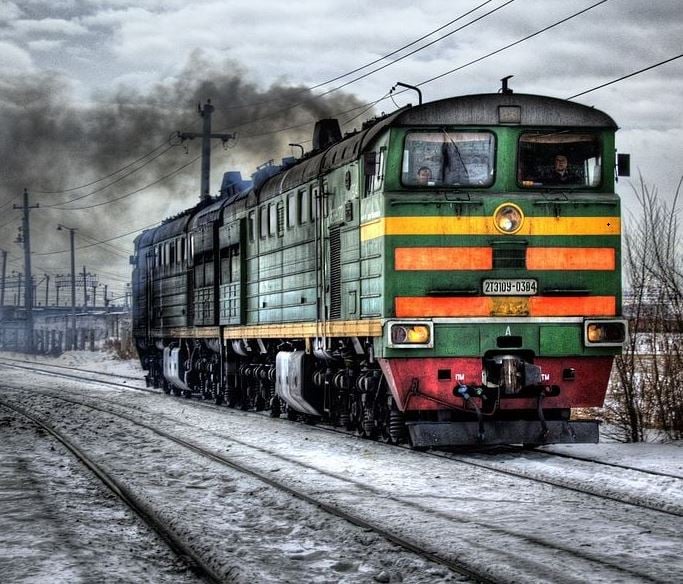
WASHINGTON — The railroad industry moved closer Wednesday to becoming a big winner in President Joe Biden’s environmentally friendly policies.
A House Transportation and Infrastructure subcommittee weighed options during a hearing on which passenger and freight railroad projects should get federal funding.
Comments from lawmakers implied there was little doubt on whether railroads would get the funding they need to expand. The issue was when they will get it and how the money will be spent.
“Climate change is rapid, it’s real and the time to take action is now,” said Rep. Hank Johnson, D-Ga., during the hearing of the subcommittee on railroads, pipelines and hazardous materials.
The Biden administration is using similar reasoning to promote its $2 trillion infrastructure plan. Additional factors are job creation and economic recovery after the downturn from the COVID-19 pandemic.
Details still are being worked out, but Biden’s policy planners are pledging “the second great railroad revolution.”
“[Infrastructure]’s a policy area that’s close to the president’s heart, one he’s had a lot of interest in and commitment to even when he was vice president and before,” White House Press Secretary Jen Psaki said during a press conference Monday.
Pushback is coming from some Senate Republicans who say a $2 trillion price tag would be hard to justify without more taxes or taking money from other important programs.
Among proposals tentatively planned is the $105 billion North Atlantic Rail project between New York and Boston. High-speed passenger rail projects competing for funding are proposed in California, Florida, Texas and the Pacific Northwest.
Another proposal would connect pairs of cities nationwide with high-speed passenger rail. It would cost $205 billion and be built over five years.
The environmental push behind the proposals is based on studies that show significant reductions in greenhouse gases where freight and passenger railroads are widely available at reasonable cost.
Passenger trains produce 83% fewer greenhouse gas emissions compared with the same number of people driving to intercity destinations, according to a recent Federal Highway Administration study. Trains produce 73% fewer greenhouse gases than flying.
Similarly, a single freight train can carry as much cargo as one hundred trucks while relieving traffic congestion and emissions, according to the Association of American Railroads, a trade group. On average, freight railroads can move one ton of freight over 470 miles on one gallon of fuel.
“We must ensure that freight railroads keep growing in an uninhibited manner so that Americans can continue to benefit from their irreplaceable contributions to our economy,” said Rep. Sam Graves, R-Mo.
Rep. Peter DeFazio, D-Ore., added, “This is a very, very exciting time for rail.”
Shannon Valentine, Virginia’s secretary of transportation, asked Congress to support a $3.7 billion project to improve rail between Washington, D.C. and Richmond, with hourly Amtrak service. The state wants to replace a bridge built in 1904 over the Potomac River that creates a rail bottleneck between the District of Columbia and its Virginia suburbs.
She said the railroad build-out would provide $6 billion a year in new economic activity for Virginia.
State transportation planners considered highway improvements but dismissed them as inferior compared with railroads.
“When we looked at other options, they were either unaffordable or ineffective,” Valentine said.
Greg Regan, president of the labor union Transportation Trades Department, AFL-CIO, told lawmakers Congress has an opportunity to continue the railroad industry’s role as a source of jobs and economic development.
“They are good jobs,” he said about railroad industry employment. “These jobs are accessible to everyday Americans.”











